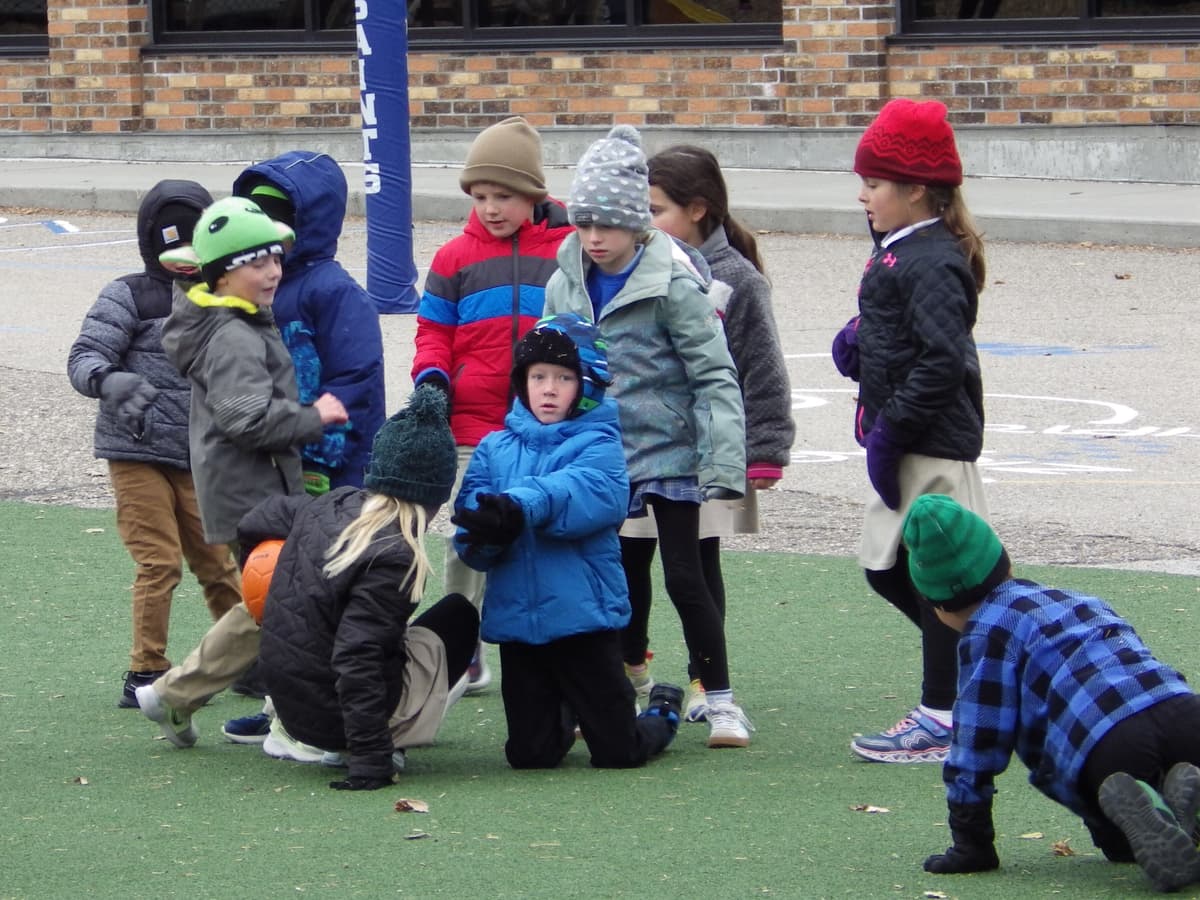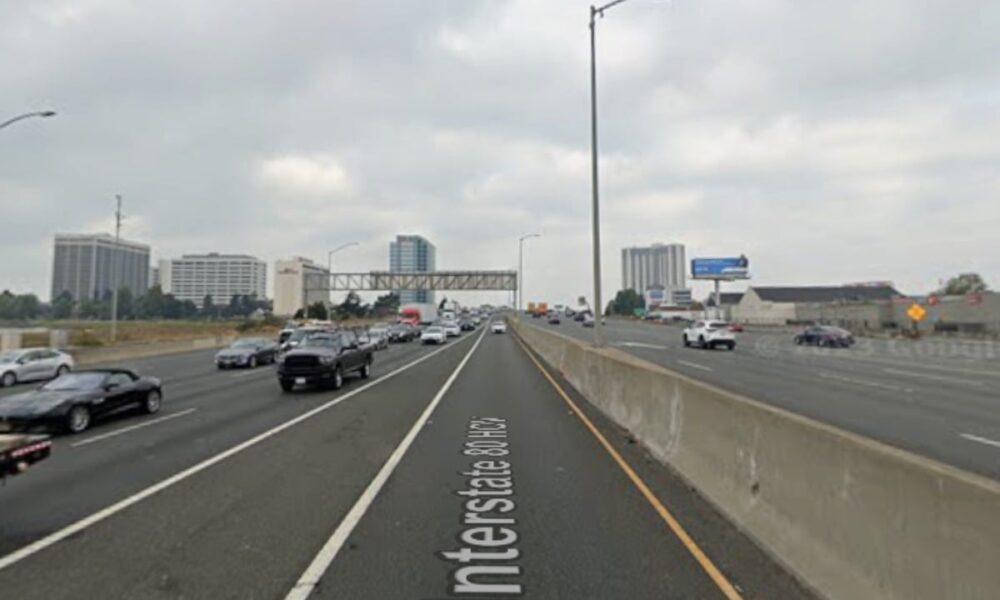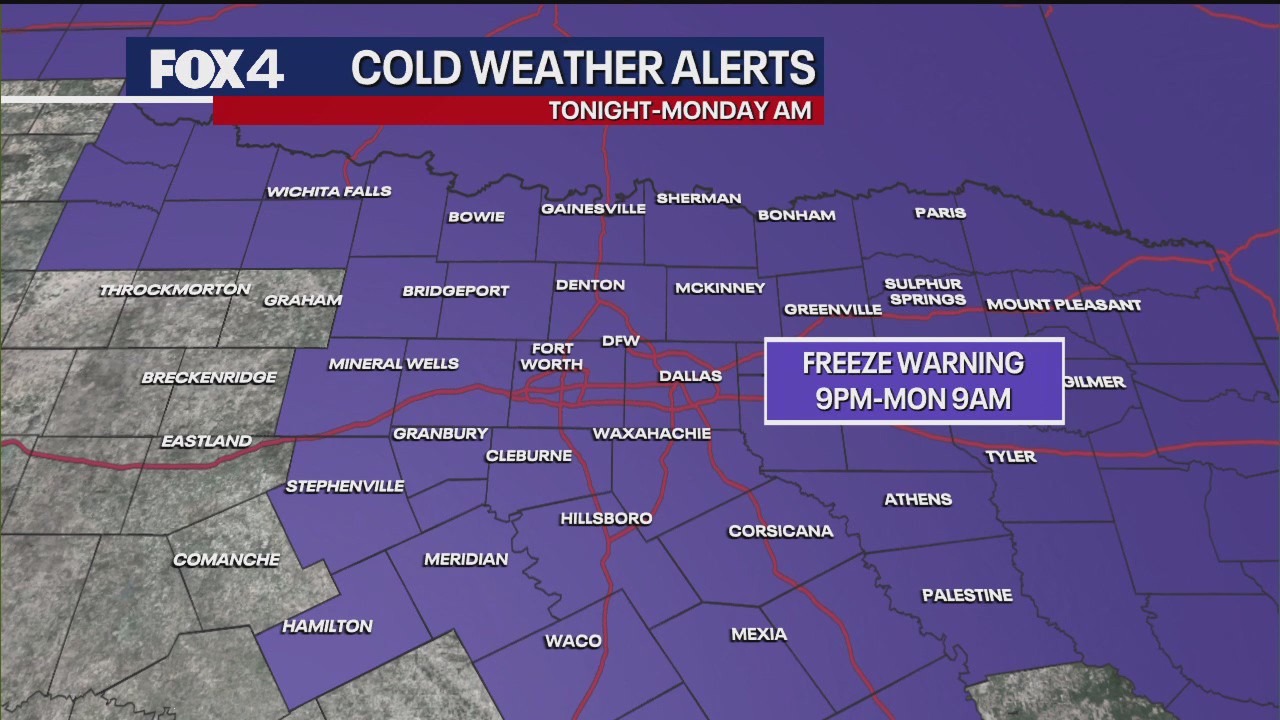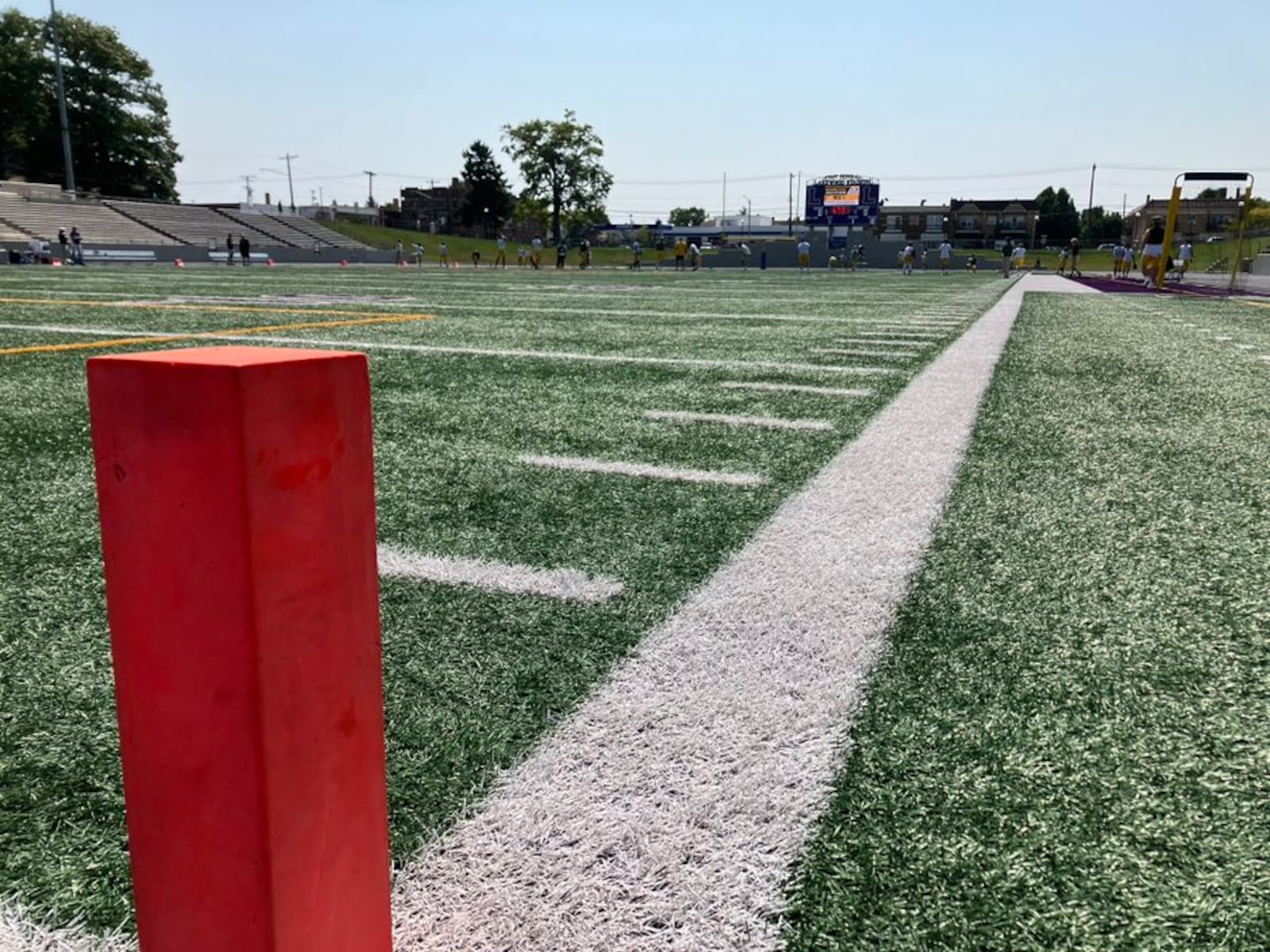UPDATE: An intense Arctic blast is set to envelop the U.S., plunging temperatures for over 100 million Americans this weekend and into early next week. The powerful cold front, which is surging down from Canada, will create dangerous conditions with temperatures expected to drop dramatically, leading to frost, freezes, and the season’s first significant snowfall in many areas.
Meteorologist Ryan Maue stated, “The U.S. is skipping fall and going right to winter on the 10th of November.” This cold outbreak, driven by a robust upper-level low, will allow frigid polar air to sweep across the nation. Some regions may experience temperatures plummeting 20 to 30 degrees below average, which could shatter records dating back to the 1800s.
By Monday, parts of the Southeast will be as cold as Greenland. Meteorologist Ben Noll tweeted, “On Tuesday morning, parts of the Southeast U.S. will be about as cold as Nuuk, Greenland — near the edge of the Arctic Circle.” In fact, it will be warmer in St. John’s, Newfoundland than in parts of northern Florida.
The chill is forecasted to impact 155 million people by Wednesday, prompting officials to warn residents about protecting outdoor plumbing and sensitive plants. This cold snap will also mark the end of the growing season in areas that have yet to experience a hard freeze.
The Midwest will be one of the first regions to feel the effects, with daytime highs dropping into the 30s and 40s. Wind chills could plunge into the single digits on Sunday morning across states like Nebraska, Iowa, Minnesota, and the Dakotas. Chicago’s National Weather Service warned of an “early taste of winter” that may create hazardous travel conditions.
“Periods of lake effect snow may lead to localized accumulations and slippery travel on untreated roadways Sunday and Monday near southern Lake Michigan,” the Chicago office stated. Residents in Michigan can expect the “first measurable snow of the winter season,” with areas around Mount Pleasant projected to receive an inch or more.
In Ohio, light snow showers are anticipated through Monday, with the National Weather Service in Indianapolis warning of lows below 25°F and wind chills of 10-15°F on consecutive nights. Highs on Monday are expected to be only in the mid-30s with wind-driven snow flurries likely.
Although the most severe cold will affect northern states, the Southeast will also face icy repercussions, with temperatures possibly dropping 15 to 25 degrees below the historical average by Monday. In Atlanta, the high is forecast to be in the mid-40s, over 20 degrees below average. Records from the 1800s and early 1900s could be challenged in cities like Huntsville, Alabama, and Savannah, Georgia.
The Northeast will experience the bitter cold, but not until early next week. Areas like Mount Holly, New Jersey have already seen their coldest morning of the season, with more frigid air expected to arrive following a period of showers. The Washington, D.C., metro area is under a frost advisory but is anticipating a milder weekend before the significant chill sets in.
From Monday to Wednesday, lake-effect snow is also a possibility in parts of the Northeast, with heavy snow bands expected in regions of Pennsylvania and New York.
Residents across the affected areas should prepare for this sudden onset of winter, as this Arctic blast promises to create hazardous conditions and potentially life-threatening cold. Stay tuned for more updates as this situation develops.







